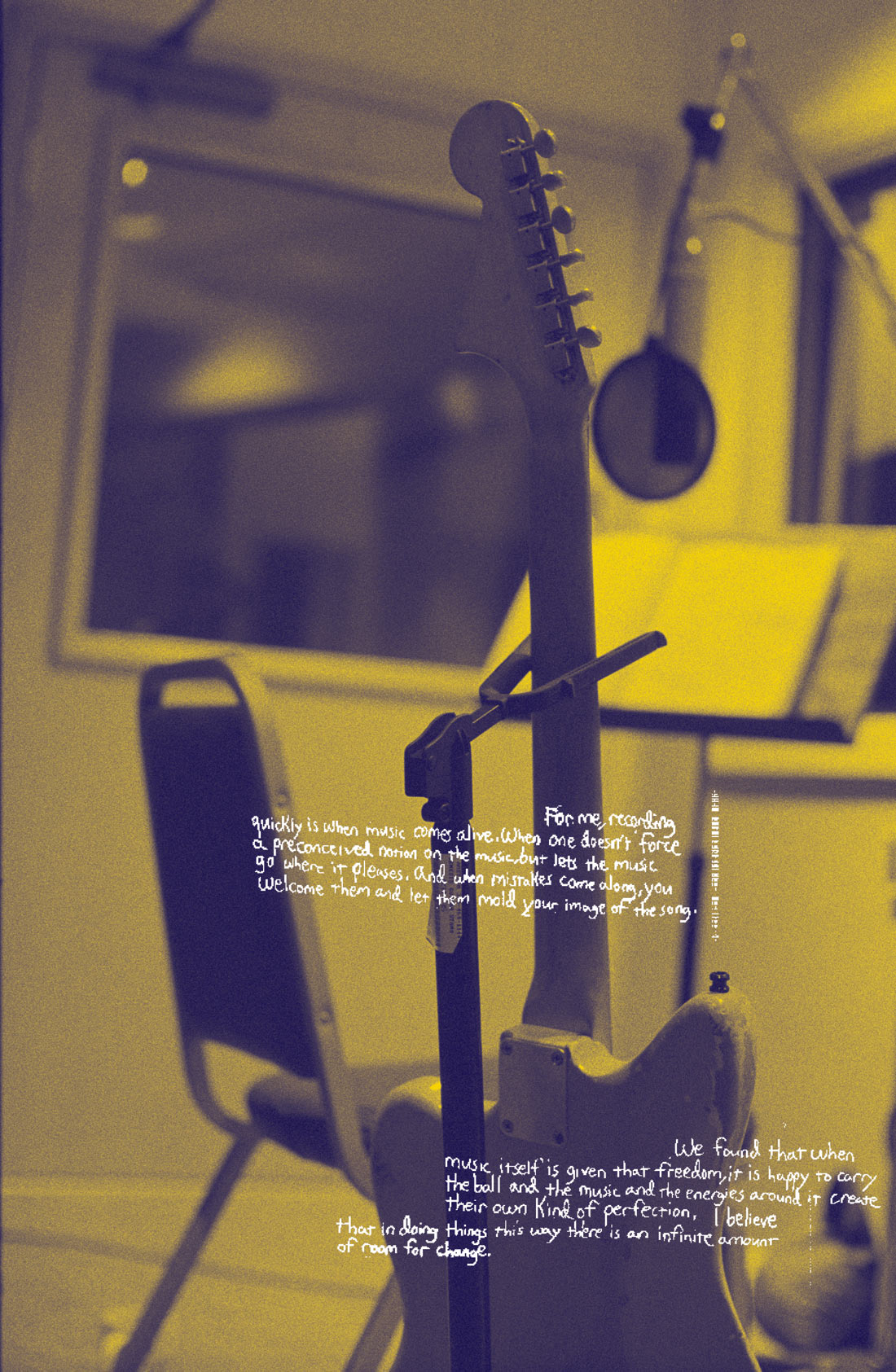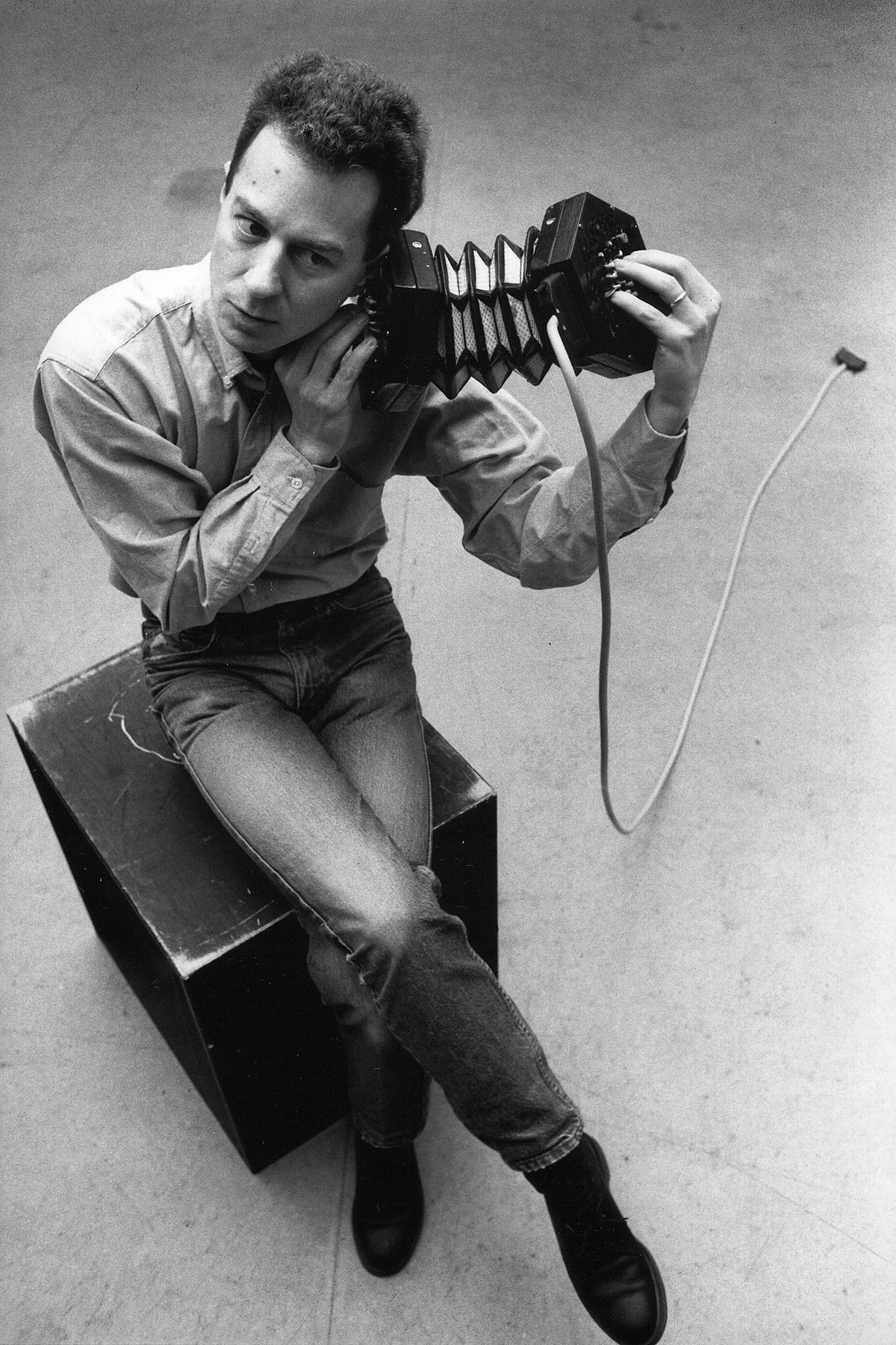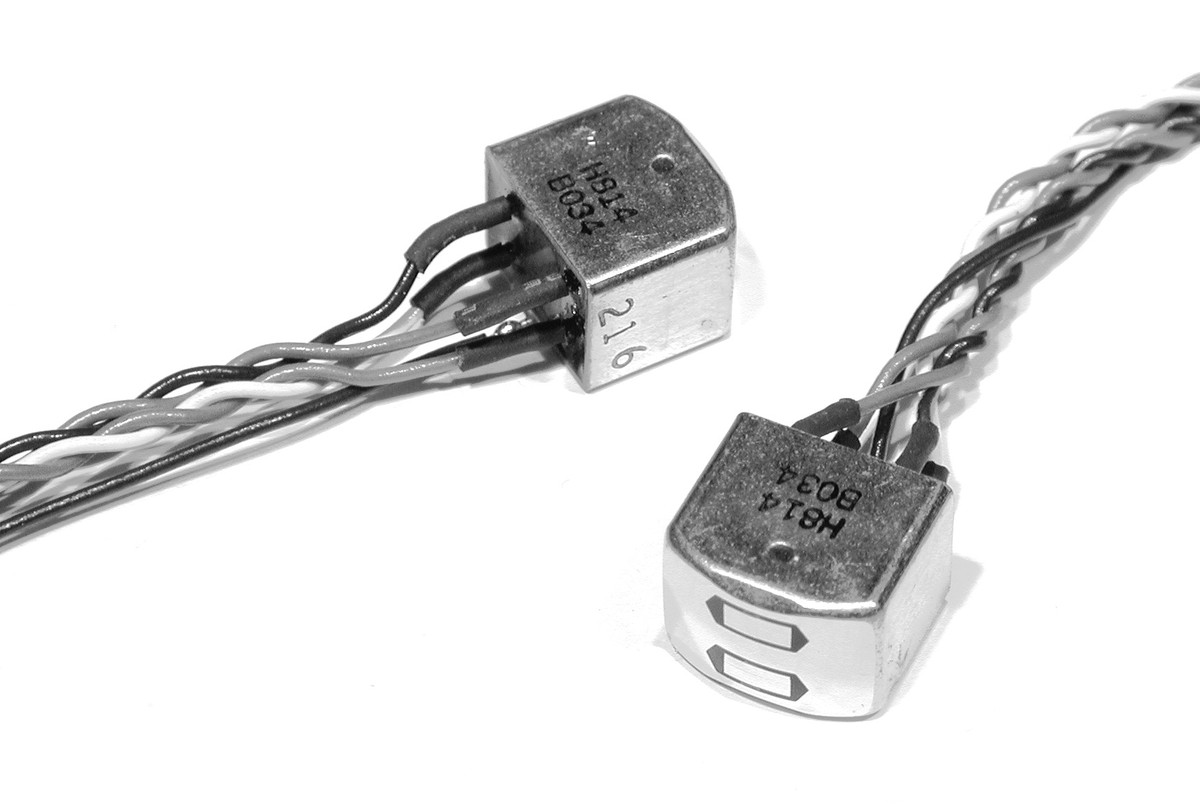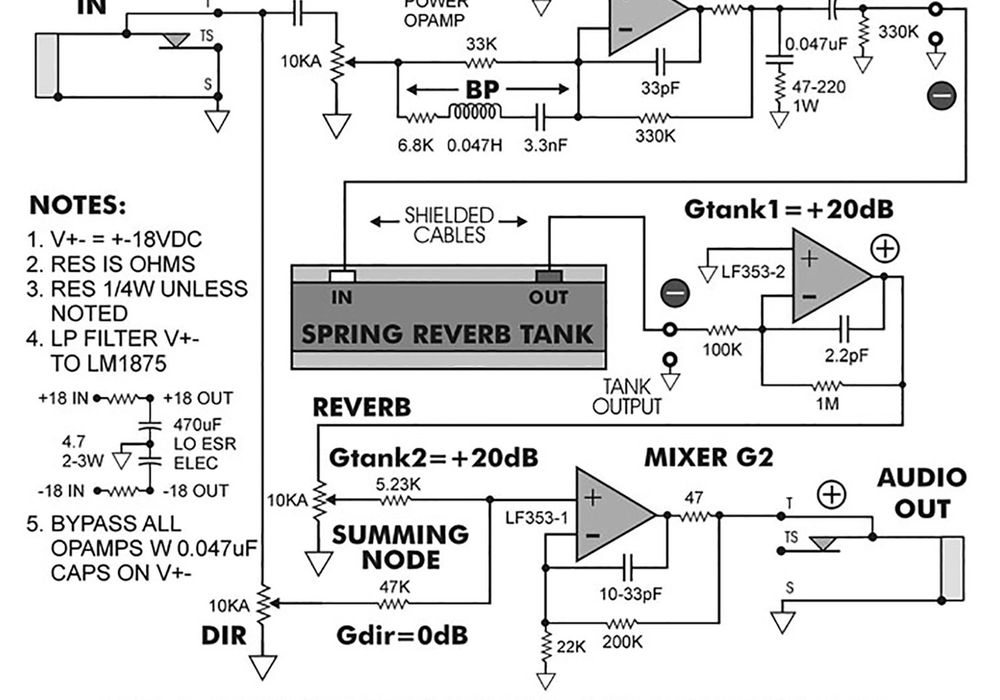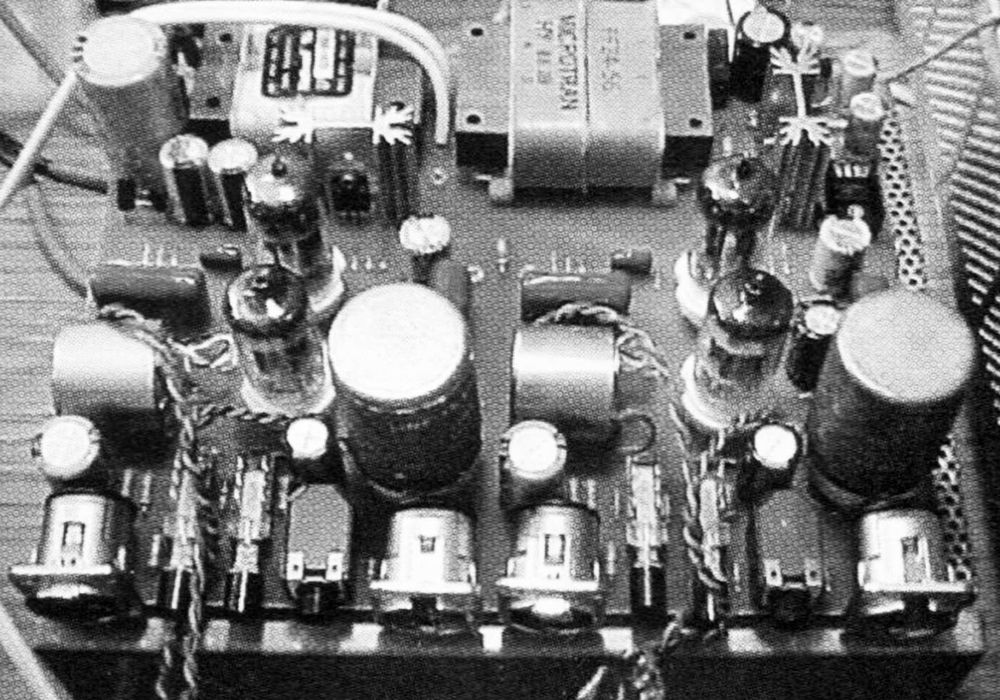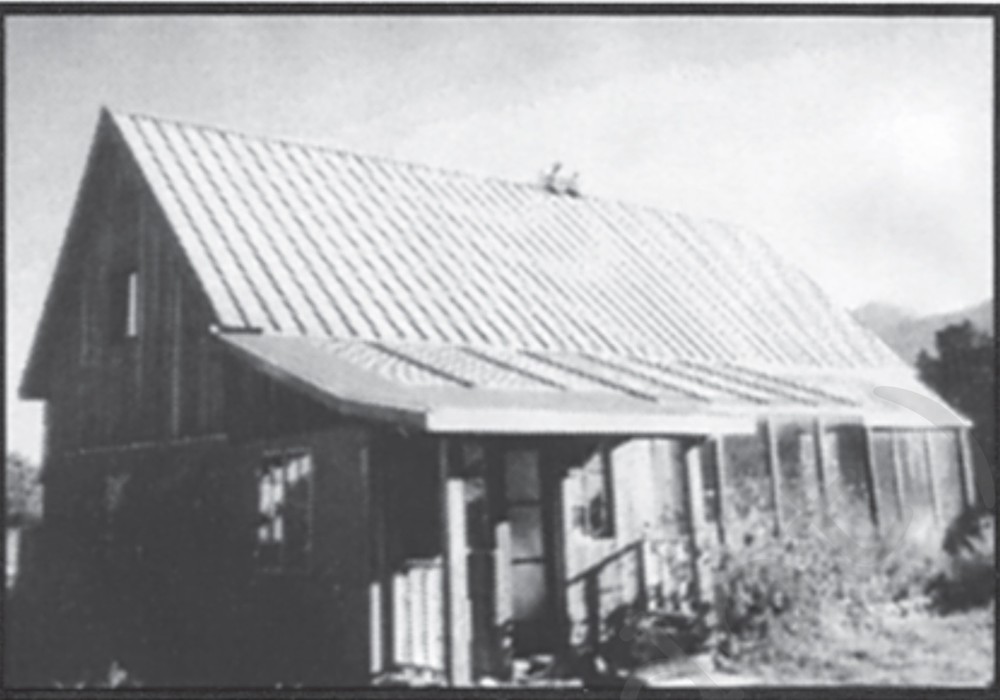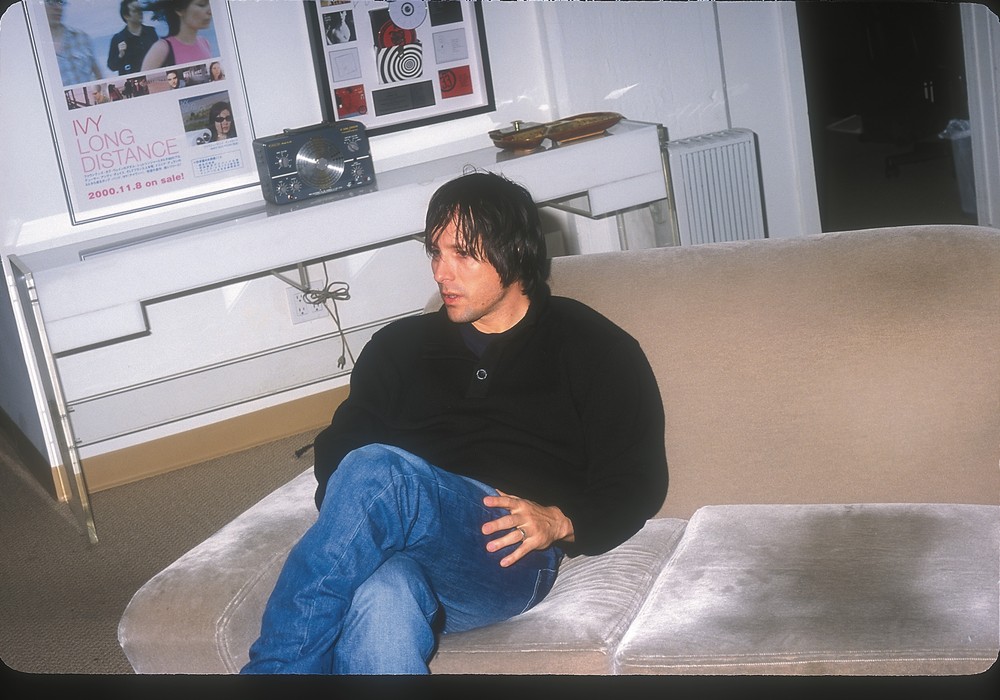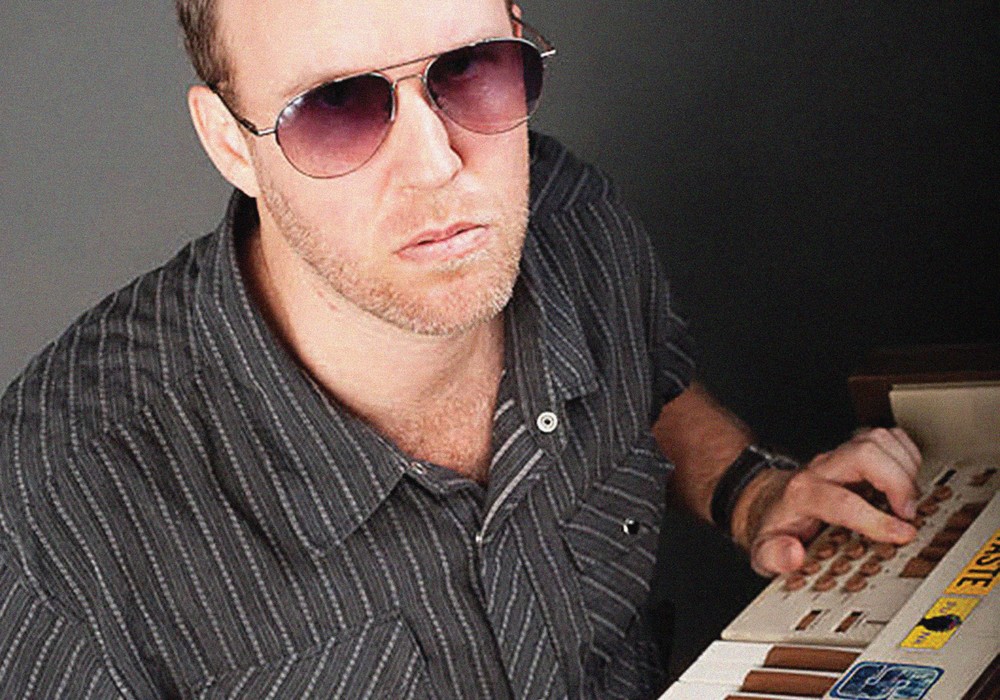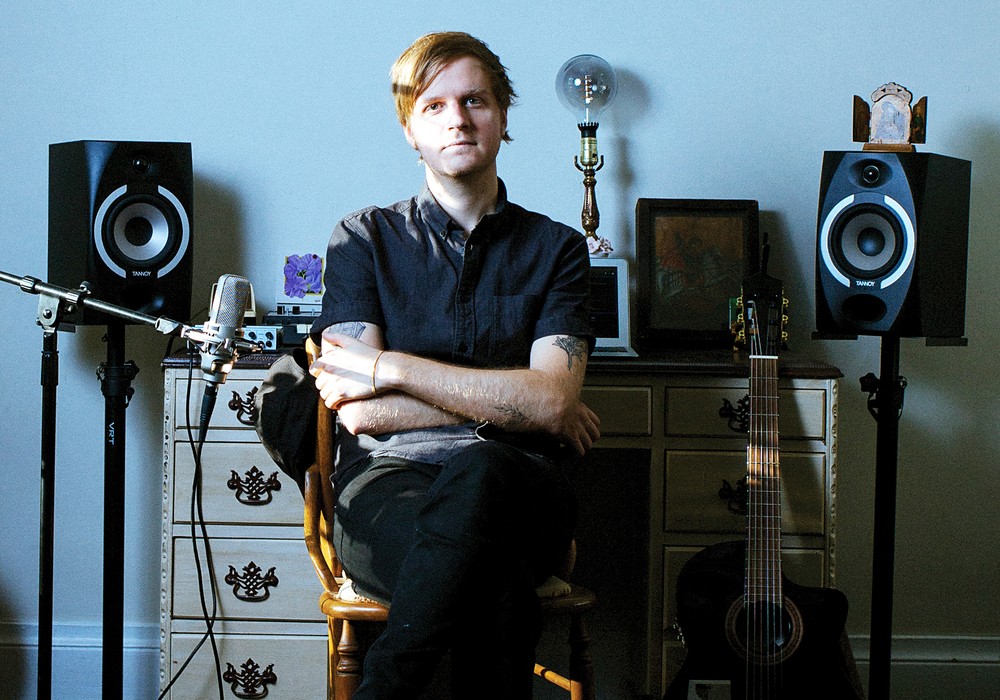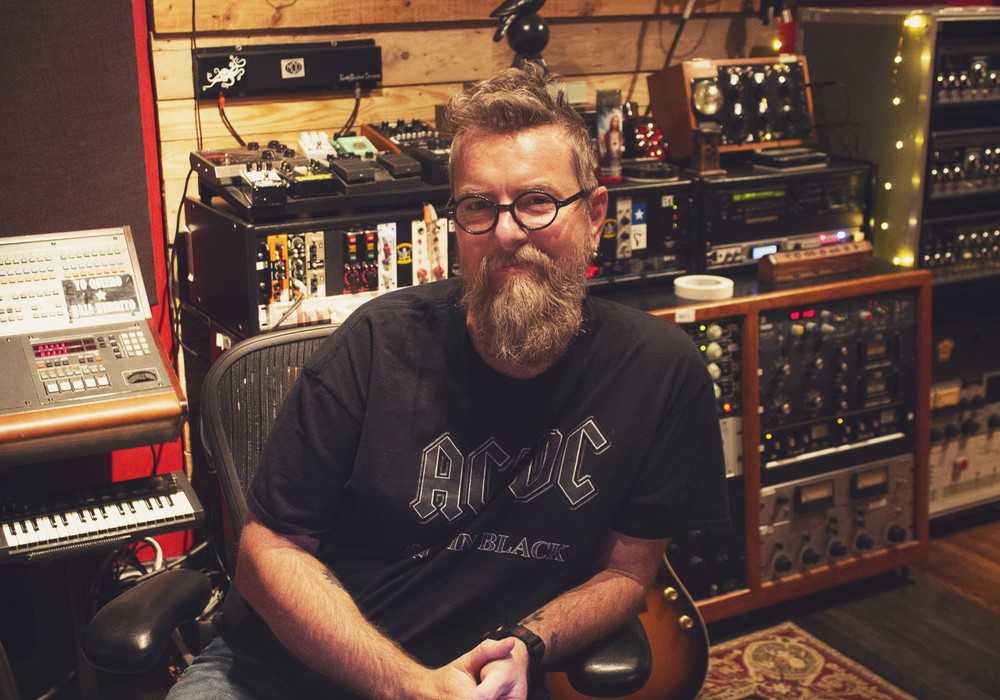Nicolas Collins's book, Handmade Electronic Music: The Art Of Hardware Hacking, is a brilliant, hands-on guide to electronic music making. I've known Nic since the mid-1970s; he's been a friend, a colleague, a collaborator and a mentor, yet he never ceases to amaze me with his latest bit of music or techno-logical innovation.
Were you an electronics hobbyist as a child? Did you build crystal radio sets and fuzz boxes and hang out at Radio Shack?
Not really. For an academic art historian, my father was quite the handyman — good carpenter, plumber, car mechanic, basic household electrical — and these were the skills he tried to pass on to his kids. He was never happier than when something broke down or got clogged up. I got a toolbox for my sixth birthday, and on Sundays we repaired appliances, built shelves, and went to the dump instead of church. I think my having learned to solder and patch together a component stereo were, for my father, the most impressive achievements of my very expensive college education. In high school I briefly tried playing electric guitar (I was terrible, even for a 13-year old), which got me interested in electronic sound. I bought an old used Tandberg reel-to-reel tape recorder and discovered a hidden switch, accessed by a screwdriver through the back panel, that when thrown set up some kind of undocumented feedback loop from output to input — adjusting the volume controls while recording manipulated weird, totally un-Scandinavian shrieking oscillation, further modulated by head echo (3 speeds!) and tape saturation limiting — very cool. I was hooked. I have a theory about the rise of American homemade electronic music: it involves the Signetics NE/SE566, a chip I became aware of in 1972 in my last year of high school.
When did you make the jump from simple analog circuits to the world of digital electronics?
Almost from the start. For a long time one of the biggest problems for non-engineers making audio circuits was power supplies — they were difficult to build, and always seemed to contribute excessive hum and other noise. Early integrated circuits [ICs] consumed a fair amount of power, only functioned within a narrow range of supply voltages, and required two "symmetrical" supplies. "CMOS" [Complementary Metal Oxide Semiconductor] was the first family of digital ICs designed for low power operation over a wide range of voltages — they run for days on a 9-volt battery. CMOS chips became available on the hobbyist market in the mid-1970s. A number of us sound guys figured out how to make noises with these chips, which was surprisingly easy, if never intended by the designers. In fact, when it came time to develop a course in "electronics for dummies" at my art school almost 30 years later, I went back to these mid-'70s circuit designs — they run the first time, every time — and they now form the core of my book on hardware hacking. Because they were digital chips, they suggested "digital ideas". My own circuitry started to go in the direction of "proto-computer instruments". I built circuits that combined sound generation with logical operations of various sorts. I was inspired by the "coordination" scores of Christian Wolff from the early 1960s — I saw his pieces like "For 1, 2, or 3 People" [1964] as presaging computer music: all those notations that instructed the players not to play notes by following a metronomic time base, but by linking their actions to those of other players as if by logic circuits. So I built instruments that could only be played by multiple players — sounds were generated when two players did the same thing at the same time — for example, pressing the same key on two separate keypads ["ANDS", 1978]. I took a course in computer programming in college in 1974 or so. I figured this would be the future of electronic music, so I should learn it, but sitting in front of a mainframe seemed miles away from the concert stage. A few years later Paul DeMarinis said I should get a KIM-1, one of the first generation of affordable, single-board microcomputers. I demurred, saying I didn't like computers. Paul replied, "Don't think of it as a computer, think of it as a big, expensive digital chip." That did it. I bought a VIM — a slightly turbocharged KIM: 1 MHz 8-bit CPU, 1 k RAM (expandable...
